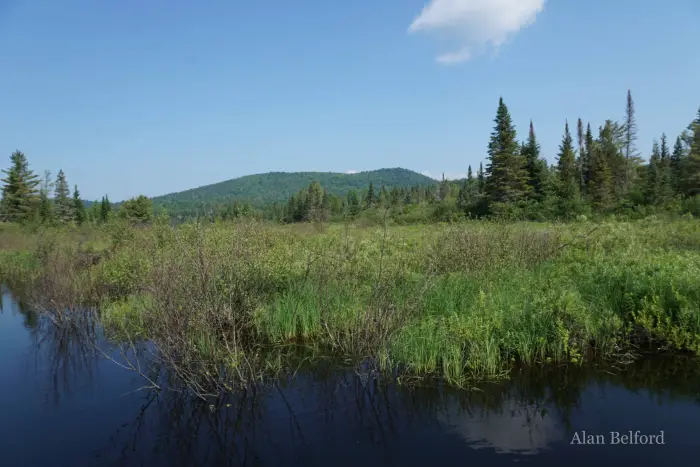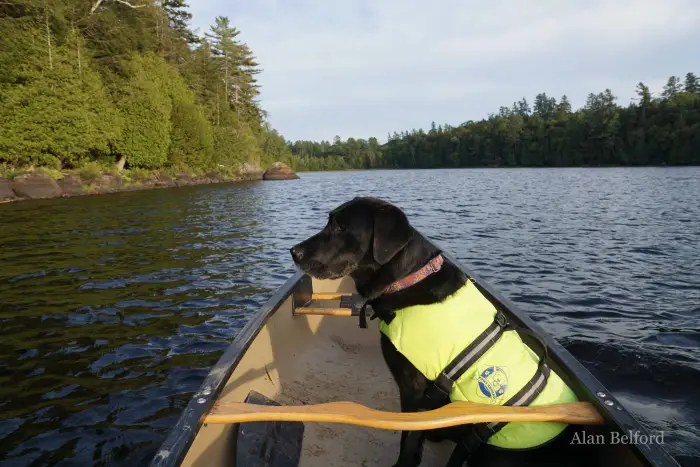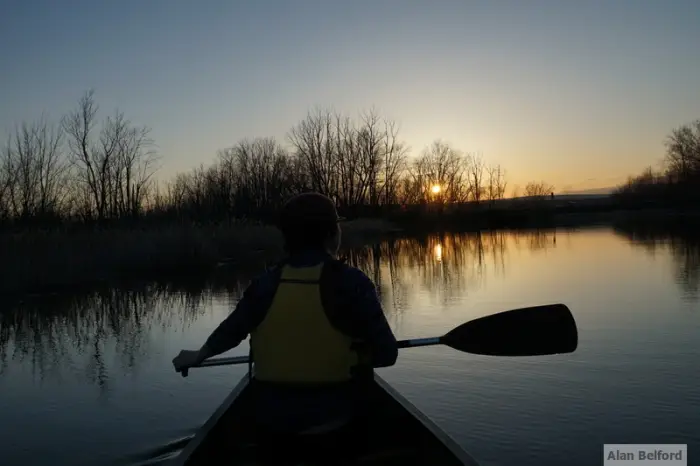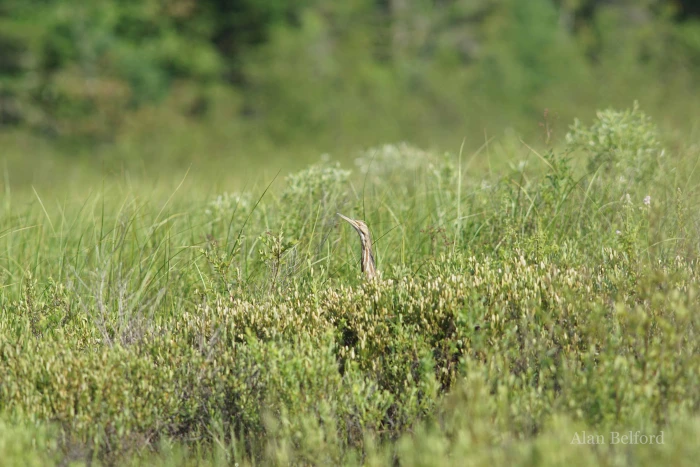The Adirondack spring
Spring in the Adirondacks can be moody. The promise of warmth and sun are often met with the realty of a chilly rain or even snow. In fact, a birding trip I was scheduled to guide in early May has been postponed due to a forecast of 40 degrees and rain. Such is the Adirondack spring.
But spring is here, and we will be watching the temperatures climb even if some days it doesn’t feel like it. After all, our lakes, ponds, and waterways have been opening up for weeks, marking the beginning of paddling season, and I’m starting to feel the urge to get on the water.

And so it is time to unearth my paddling gear for the season and to loosen up my paddling muscles. I’ve been cross-country skiing all winter, so I’m sure I’ll be ready to push my way through the water, but I still like to initially start with simple paddles to make the physical adjustment and to avoid blisters on my hands. Here are a few other tips for spring paddling to help get you started.
Clothing
I usually bring along an extra set of clothing whenever I go paddling in case I take an unexpected bath, but during spring and fall it is especially important to do so. While the air temperature can be warm and the sky sunny, the water in our lakes and streams will remain cold well into June, a misleading juxtaposition of temperatures which paddlers must be aware of. The best rule of thumb is to dress for the temperature of the water, not the temperature of the air. I also usually leave an extra set of clothing (including a warm fleece and warm socks) in the car and bring other clothes and a towel in a dry bag in the canoe so I can change quickly if the need arises.

While cotton is a comfortable fabric for general use, it is a terrible insulator when wet, so stick with wool and synthetic layers like fleeces and wool blends to make sure you can stay warm. In addition, while paddlers should always wear their personal floatation device (PFD or life jacket), they should also realize that in the event of a cold water dunking, that their PFD is an insulating layer which can help keep the core of their body warm. Use it.

This all holds true, even for uneventful spring trips when no one capsizes or gets wet. After all, spring weather is often quite changeable, spring mornings crisp, and the days often end with falling temperatures on spring evenings, so be prepared with extra layers (and a flashlight and headlamp!) if you are out toward evening. Extra food (good in case you need more calories after getting chilled) and water are also important, as always.
Spring sun and fast-flowing water
I often like paddling during cool times of day, particularly the evening, skipping the hot bright sun of mid-day. But spring offers the advantage that mid-day is generally quite pleasant and not baking as it can be during the summer. That opens up more of the day to folks like me, but we all need to be mindful that we’ve been cooped up for months during winter and that our skin hasn’t yet adjusted to the sun. I wear sunscreen all the time, but I find it to be particularly important during the spring. So put sunscreen on your list and be sure to use it or be prepared to pay for your oversight later, feeling the burn while you invest in a tub of aloe.

Paddlers taking a trip on flowing water should also be aware that the spring current will likely be swelled with snowmelt and spring rains. After all, we currently have flood warnings in many places across the North Country. While this may be a boon for whitewater paddlers, flatwater types may not be happy if they find they are struggling with a fast current. So check the flow rate before pushing off, particularly if you plan to paddle out and back to the same point without the help of a shuttle.

The same is true of downed limbs, trees, and other strainers. They can show up at any time during the paddling season, but they are common in spring after the winter has knocked down its share of branches, and before folks have been able to cut out trees and limbs which may be blocking the route. Attempting to push away from such obstacles, particularly in a fast current, is a good way to capsize, which can be dangerous since strainers can trap people. Do not do this; if you find yourself lodged on a tree or branch, a good adage is to “lean into your troubles,” to help free your boat up from the impediment. Once again, do not try to push away from it, particularly if you are paddling with the current. Better yet, plan ahead and keep your speed under control so you can negotiate such obstacles safely without pushing up against them quickly.
Leave No Trace
Finally, the start of any season – whether paddling, hiking, birdwatching, or skiing — is a good reminder to us all to practice Leave No Trace ethics. That means things like leaving no food, food waste (such as banana peels or apple cores), or trash which can be unsightly or cause problems for wildlife. It also means using canoe launches which aren’t negatively impacted by us, such as avoiding soft launches which become mucky from footprints, and by not trampling ground cover and other plants on our way to the water. We also need to be cognizant of wildlife, respecting and not disturbing them while we paddle. I love watching wildlife, and enjoying them is one of the biggest reasons why I paddle and explore the outdoors, but it’s important to do so without causing them any stress.

If we do all this, we should be ready for an excellent and adventurous paddling season! Plan your spring and summer paddling trips today by checking out our lodging and dining pages.
